THCA Flower Growing Timeline: Week-by-Week Cultivation Schedule
Mastering the art of THCA cultivation requires precise timing, patience, and a deep understanding of cannabis plant development stages. Whether you're a novice grower or an experienced cultivator looking to refine your techniques, having a comprehensive THCA growing timeline is essential for achieving optimal yields and potency.
The importance of timing in THCA cultivation cannot be overstated. Each growth stage demands specific environmental conditions, nutrients, and care practices that directly impact the final product's quality and cannabinoid profile. Unlike other cannabis compounds, THCA (tetrahydrocannabinolic acid) requires careful attention throughout the entire growth cycle to maximize its therapeutic potential and ensure proper decarboxylation properties.
Understanding the complete cannabis growing schedule involves recognizing that cannabis plants undergo distinct physiological changes over approximately 16-20 weeks from seed to harvest. Each stage presents unique opportunities and challenges that successful cultivators must navigate with precision.
Timeline variations significantly depend on strain genetics, with indica-dominant varieties typically finishing 1-2 weeks earlier than sativa-dominant strains. Autoflowering varieties follow completely different schedules, often completing their entire lifecycle in just 8-10 weeks. Environmental factors, growing medium, and cultivation techniques also influence the overall timeline.
Indoor versus outdoor considerations play a crucial role in timeline planning. Indoor cultivation offers complete environmental control, allowing for consistent THCA cultivation calendar adherence, while outdoor growing depends on natural light cycles and seasonal weather patterns that can extend or compress various growth stages.
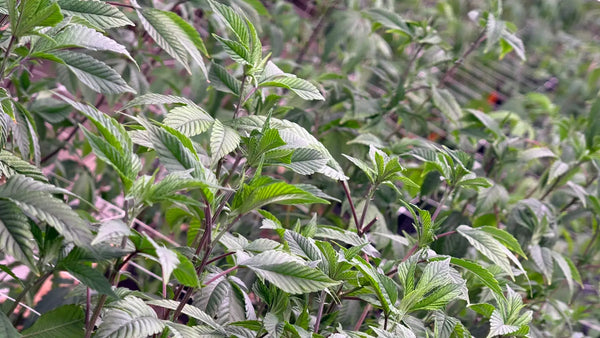
Pre-Cultivation (Week -2 to 0)
Success in THCA cultivation begins well before seeds germinate. The pre-cultivation phase establishes the foundation for the entire growing cycle and often determines whether your harvest will meet expectations.
Setup Preparation: This critical phase involves preparing your growing environment, whether it's an indoor grow tent, greenhouse, or outdoor garden space. Proper ventilation systems must be installed and tested, ensuring adequate air exchange rates of 40-60 air changes per hour for optimal plant health. Lighting systems require careful positioning and timer setup, with initial configurations favoring lower intensity to accommodate sensitive seedlings.
Equipment Testing: All environmental control systems need thorough testing before introducing plants. pH meters require calibration with standard buffer solutions, while TDS/EC meters need baseline readings from your water source. HVAC systems should run continuously for 48-72 hours to identify any fluctuations or malfunctions that could stress young plants.
Seed Germination Start: High-quality THCA seeds require specific conditions for optimal germination rates. The paper towel method remains popular, maintaining consistent moisture and temperatures between 70-80°F. Germination typically occurs within 24-72 hours, with healthy seeds showing white taproots ready for planting.
Environment Stabilization: Achieving stable environmental conditions before seed planting eliminates stress factors that can impact early development. Target temperatures should remain steady at 70-75°F with humidity levels at 60-70%. Light timers should be tested multiple times to ensure consistent 18/6 schedules for vegetative growth preparation.
Documentation System Setup: Establishing detailed record-keeping systems from day one enables tracking of growth patterns, feeding schedules, and environmental conditions. Digital photography with date stamps provides visual progress documentation, while spreadsheet tracking of nutrients, pH levels, and growth measurements creates valuable data for future cycles.
Seedling Stage (Weeks 1-3)
The seedling stage represents the most vulnerable period in cannabis development, requiring gentle care and precise environmental management to establish strong foundations for vigorous growth.
Week 1
First True Leaves Emergence: The appearance of the first serrated leaves marks the beginning of photosynthetic activity. These initial leaves often appear slightly yellow or pale green, which is normal as the plant transitions from cotyledon dependence to self-sustaining growth. Proper light exposure becomes crucial at this stage.
Light Requirements: Seedlings require low-intensity lighting to prevent burning or stretching. LED systems should operate at 25-40% intensity, positioned 24-30 inches above plants. Fluorescent T5 fixtures work excellently for seedlings, providing gentle, full-spectrum illumination without excessive heat generation.
Watering Schedule: Minimal watering prevents root rot while maintaining necessary moisture. A spray bottle with pH-adjusted water (6.0-6.5) allows precise moisture control. Soil should feel slightly moist but never saturated, with watering occurring every 2-3 days depending on environmental conditions and container size.
Environmental Control: Temperature stability at 70-75°F promotes optimal metabolic activity without stressing young plants. Humidity levels at 60-70% support healthy transpiration while preventing fungal issues. Gentle air circulation prevents stagnant conditions without creating harmful drafts.
Common Issues and Solutions: Stretching indicates insufficient light intensity or excessive distance from light source. Yellowing beyond normal cotyledon fade suggests nutrient deficiency or pH imbalances. Damping-off fungus appears as stem darkening at soil level, requiring immediate environmental adjustments and potential replanting.
Week 2
Root Development Focus: Week two emphasizes underground growth as root systems establish. Healthy root development directly correlates with future plant vigor and yield potential. Proper drainage becomes essential as root systems expand and require oxygen access.
Gradual Light Increase: Light intensity can increase to 40-50% as plants develop stronger photosynthetic capacity. Monitoring leaf color and growth patterns helps determine optimal lighting levels. Signs of light stress include curling or browning leaf edges.
First Feeding Considerations: Most quality potting soils provide sufficient nutrients for the first 2-3 weeks. If using inert mediums like coco coir, diluted seedling nutrients (quarter-strength) may be necessary. Watch for signs of nutrient deficiency such as yellowing lower leaves.
Transplant Preparation: If starting in small containers, root development assessment determines transplant timing. Gentle container inspection reveals root system development without disturbing plants. White, fibrous roots indicate healthy development and transplant readiness.
Stress Sign Monitoring: This week by week growing guide emphasizes vigilant observation for stress indicators. Leaf discoloration, unusual growth patterns, or pest presence require immediate attention to prevent long-term developmental issues.
Week 3
Third Set Development: The emergence of the third set of true leaves indicates successful seedling establishment and readiness for more aggressive growth management. Leaf development patterns provide insights into plant health and genetic characteristics.
Transplant Execution: Moving seedlings to larger containers provides root expansion space essential for vigorous vegetative growth. 1-3 gallon containers typically accommodate this stage, with final container size depending on intended plant size and growing space limitations.
Mild Nutrient Introduction: Beginning gentle feeding programs supports increased metabolic demands. Quarter to half-strength vegetative nutrients provide necessary elements without overwhelming young root systems. Monitoring plant response guides feeding adjustments.
Environmental Adjustments: Slight humidity reduction to 55-65% begins acclimatization for vegetative growth conditions. Temperature ranges can expand slightly to 68-78°F as plants develop greater environmental tolerance.
Growth Rate Assessment: Measuring daily growth rates establishes baseline expectations for individual plants and strains. Healthy seedlings typically show 1-2 inches of vertical growth per week under optimal conditions.
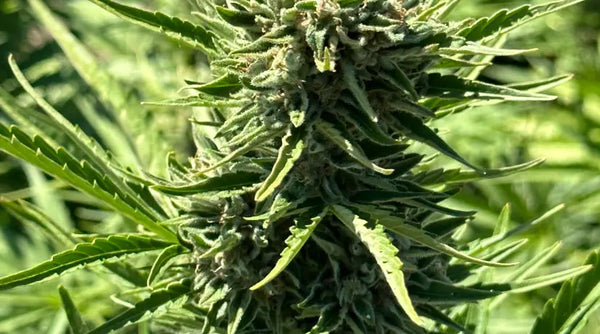
Vegetative Stage (Weeks 4-8)
The vegetative stage represents explosive growth potential when environmental conditions, nutrition, and training techniques converge to build the structural foundation for future flowering success.
Week 4
Vegetative Growth Acceleration: THCA plant stages become dramatically apparent as plants transition from seedling fragility to vegetative vigor. Growth rates can double or triple under optimal conditions, requiring more frequent monitoring and care adjustments.
18/6 Light Schedule Establishment: Consistent light timing becomes crucial as plants respond to photoperiod cues. 18 hours of light followed by 6 hours of darkness provides optimal growth stimulus while allowing necessary dark-period recovery. Timer reliability prevents accidental flowering initiation.
Nutrient Program Initiation: Full-strength vegetative nutrients support rapid growth demands. Nitrogen-rich formulations promote healthy leaf development and robust stem structure. Regular pH monitoring ensures optimal nutrient uptake efficiency.
Training Technique Introduction: Low-stress training (LST) techniques can begin as plants develop sufficient stem flexibility. Early training encourages horizontal growth patterns that maximize light exposure for future bud sites.
Node Development Monitoring: Counting node development helps track plant maturity and training opportunities. Healthy plants typically develop one new node every 3-5 days under optimal conditions.
Week 5
Rapid Vertical Growth: Plants often show dramatic height increases during this period, sometimes growing 2-4 inches weekly. Monitoring canopy height prevents plants from outgrowing available space or light penetration zones.
Topping or FIM Techniques: Advanced training methods can begin once plants develop 4-6 nodes. Topping creates two main branches from one, while FIM (F*ck I Missed) techniques create multiple branch points for bushier growth patterns.
Increased Feeding Schedule: More frequent feeding accommodates accelerated nutrient demands. Every-other-day feeding schedules often become necessary, with careful monitoring of runoff EC/TDS levels to prevent nutrient buildup.
Humidity Reduction Begins: Gradually reducing humidity to 50-60% prepares plants for flowering conditions while maintaining vegetative growth support. Lower humidity levels also reduce fungal disease risks as canopy density increases.
Pest Prevention Measures: Implementing integrated pest management (IPM) strategies prevents infestations that could compromise entire crops. Regular inspection for early pest signs allows prompt intervention before populations establish.
Week 6
Lateral Branch Development: Secondary branches begin significant development, creating the plant structure that will support future bud production. Training techniques guide branch development for optimal light distribution and canopy management.
LST Implementation: Low-stress training becomes more intensive as branches gain flexibility and length. Gentle bending and securing techniques create even canopy heights and maximize light utilization efficiency.
Defoliation Considerations: Strategic leaf removal improves light penetration and air circulation within developing canopies. Conservative approaches prevent stress while enhancing growing conditions for emerging bud sites.
Root System Establishment: Healthy root systems now fill container volumes, supporting vigorous above-ground growth. Root health directly impacts nutrient uptake efficiency and overall plant vigor.
Environment Fine-tuning: Adjusting environmental parameters based on plant response optimizes growing conditions. Temperature differential between day and night periods can be introduced to strengthen stems and prepare for flowering transitions.
Week 7
Pre-flower Preparation: Plants begin showing early sex characteristics and maturity indicators. Male plants must be identified and removed to prevent pollen contamination of female flowers intended for THCA production.
Sex Determination: Examining node intersections reveals pre-flower formations that indicate plant gender. Female plants show white pistils while males develop pollen sacs. Accurate identification prevents crop contamination.
Training Adjustments: Final vegetative training sessions shape plant architecture for optimal flowering performance. Screen of Green (SCROG) techniques may be implemented to create even canopy surfaces.
Nutrient Transition Planning: Preparing for flowering nutrient programs involves gradually reducing nitrogen levels while maintaining phosphorus and potassium. Transition nutrients help plants adapt to changing requirements.
Growth Space Management: Assessing final plant sizes and available growing space determines if additional training or size control measures are necessary before flowering initiation.
Week 8
Final Vegetative Preparations: The last week of vegetative growth focuses on optimizing plant health and structure for successful flowering. Any stress factors must be resolved before light cycle changes.
Equipment Checks: All environmental control systems require thorough inspection and maintenance before the demanding flowering period. Lighting systems, ventilation, and climate control must operate flawlessly.
Flowering Nutrient Prep: Transitioning to bloom-specific nutrients supports the dramatic physiological changes plants undergo during flowering. Lower nitrogen and higher phosphorus/potassium ratios promote flower development.
Light Cycle Transition Planning: Preparing for 12/12 photoperiod requires careful timing to avoid light leaks that could stress plants or disrupt flowering hormones. Light-proof environments become essential.
Final Training Sessions: Last opportunities for plant manipulation before flowering stretching begins. Any remaining training must be completed as flowering plants become more fragile and responsive to stress.
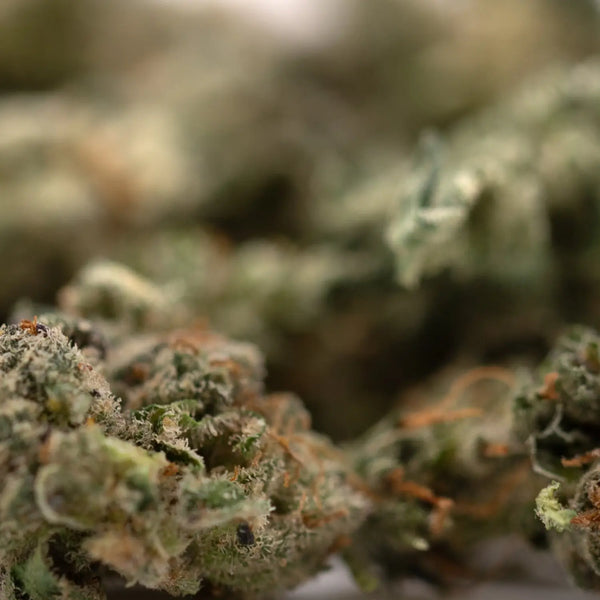
Flowering Stage (Weeks 9-16+)
The flowering stage represents the culmination of all previous efforts, where properly managed flowering timeline THCA development transforms vegetative plants into resinous, cannabinoid-rich flowers.
Week 9 (First Week of Flower)
12/12 Light Cycle Initiation: Switching to equal day/night periods triggers flowering hormone production. Consistent timing becomes crucial as any light interruption during dark periods can stress plants or cause hermaphroditism.
Bloom Nutrients Introduction: Flowering-specific nutrients support the dramatic metabolic changes occurring as plants redirect energy from vegetative growth to flower production. Reduced nitrogen prevents excessive leaf growth that competes with flower development.
Stretch Period Management: Plants typically double in height during the first 2-3 weeks of flowering. Planning for this stretch prevents canopy management issues and ensures adequate light penetration to lower branches.
Humidity Reduction: Lowering humidity to 45-55% reduces fungal disease risks as flower density increases. Maintaining proper air circulation becomes essential as trichome production begins and creates sticky surfaces.
Early Flower Development: Initial flower formation appears as clusters of white pistils at branch tips and node intersections. These early flowers establish the framework for mature bud development over subsequent weeks.
Week 10-11 (Pre-flower Stretch)
Rapid Vertical Growth: The flowering stretch period requires careful canopy management as plants can grow 1-3 inches daily. Training techniques must adapt to prevent light burn on rapidly growing branches.
Support Structure Installation: Installing plant supports prevents branch breakage as flowers develop weight. SCROG nets, bamboo stakes, and plant yo-yos provide necessary structural support throughout flowering.
Continued Training: Gentle training continues during early stretch, but must cease once flowers begin forming to prevent stress that could reduce yields or compromise flower quality.
Nutrient Adjustments: Feeding schedules often increase to every other day as plants show vigorous growth. Monitoring runoff helps prevent nutrient buildup while ensuring adequate nutrition for rapid development.
Environmental Monitoring: Temperature and humidity stability becomes increasingly important as plants become more sensitive to environmental fluctuations during flowering transitions.
Week 12-13 (Early Flower)
Bud Site Development: Flowers begin clustering into recognizable bud formations at branch tips and along stems. These early buds establish the foundation for final flower size and structure.
Pistil Formation: White pistils emerge from developing flowers, indicating healthy female plant development. Pistil color and quantity provide insights into flower maturation progress and potential yields.
Reduced Nitrogen Feeding: Further reducing nitrogen levels prevents excessive leaf growth that can shade developing buds. Focus shifts to phosphorus and potassium that directly support flower development and resin production.
Increased Phosphorus/Potassium: Bloom boosters high in phosphorus and potassium support flower development and trichome production. These nutrients directly impact final potency and flower density.
Trichome Emergence: Initial trichome development begins as small, clear glandular structures on flower surfaces. These trichomes will eventually contain the concentrated THCA that makes flowers valuable for therapeutic use.
Week 14-15 (Mid Flower)
Bud Expansion Phase: Flowers show rapid expansion as cell division accelerates. Proper nutrition and environmental control during this phase directly impact final flower size and density.
THCA Production Increase: Trichome development accelerates dramatically, with THCA synthesis reaching peak production rates. Environmental stability becomes crucial for maintaining optimal cannabinoid production.
Nutrient Program Peak: Feeding programs reach maximum intensity as plants demand substantial nutrition for flower development and resin production. Careful monitoring prevents nutrient burn while ensuring adequate supply.
Environmental Stability Critical: Temperature fluctuations or humidity swings can stress plants and reduce final quality. Maintaining consistent conditions supports optimal trichome development and cannabinoid synthesis.
Pest Vigilance Heightened: Dense flower development creates ideal conditions for pest establishment. Regular inspection and preventive measures protect valuable flowers from contamination or damage.
Week 16+ (Late Flower/Harvest)
Trichome Maturation: Trichomes transition from clear to cloudy to amber, indicating cannabinoid maturation and optimal harvest timing. Microscopic examination guides harvest decisions for peak THCA content.
THCA Percentage Peaking: Cannabinoid testing often shows peak THCA levels during weeks 16-18, depending on strain genetics and growing conditions. Proper timing maximizes therapeutic potential and market value.
Harvest Timing Decisions: Multiple factors including trichome color, pistil browning, and flower density determine optimal harvest windows. Different harvest times produce varying effects and cannabinoid profiles.
Flushing Considerations: Many growers implement 1-2 week flushing periods using plain water to reduce nutrient residues in final flowers. This practice may improve flavor and smokability.
Final Quality Assessment: Evaluating flower density, trichome coverage, aroma development, and overall plant health determines harvest readiness and expected quality grades.
Harvest and Post-Harvest
Proper harvest timing and post-harvest handling preserve the months of careful cultivation and maximize final product quality.
Harvest Day Preparation: All necessary tools including sharp pruning shears, hanging lines, and drying space must be ready before beginning harvest. Environmental conditions in drying areas should be stabilized at 60-65°F with 50-60% humidity.
Proper Cutting Techniques: Clean, sharp cuts prevent stem damage that could affect drying quality. Cutting entire branches maintains flower integrity while facilitating easier handling during processing.
Immediate Post-Harvest Handling: Minimizing flower handling prevents trichome damage while ensuring proper positioning for optimal drying. Gentle treatment preserves the delicate resin structures containing valuable THCA.
Drying Process Initiation: Controlled drying environments prevent mold development while preserving terpenes and cannabinoids. Proper air circulation and environmental control ensure consistent drying throughout the harvest.
Curing Preparation: Setting up curing containers and humidity control systems prepares for the final step in developing premium THCA flowers with optimal potency and flavor profiles.
Environmental Parameters Timeline
Temperature Schedules by Stage: Seedlings prefer 70-75°F, vegetative plants thrive at 70-80°F, and flowering plants perform best at 65-75°F with slight day/night temperature differentials that strengthen stems and enhance resin production.
Humidity Adjustments: Beginning at 60-70% for seedlings, gradually reducing to 40-50% during late flowering prevents mold while supporting healthy plant development throughout the growth cycle.
Light Intensity Progression: Starting at 25% intensity for seedlings, gradually increasing to 75-100% during vegetative growth, and maintaining high intensity throughout flowering ensures optimal photosynthetic activity without light stress.
Air Circulation Requirements: Gentle air movement for seedlings, moderate circulation during vegetative growth, and strong air movement during flowering prevents stagnant conditions while supporting healthy plant development.
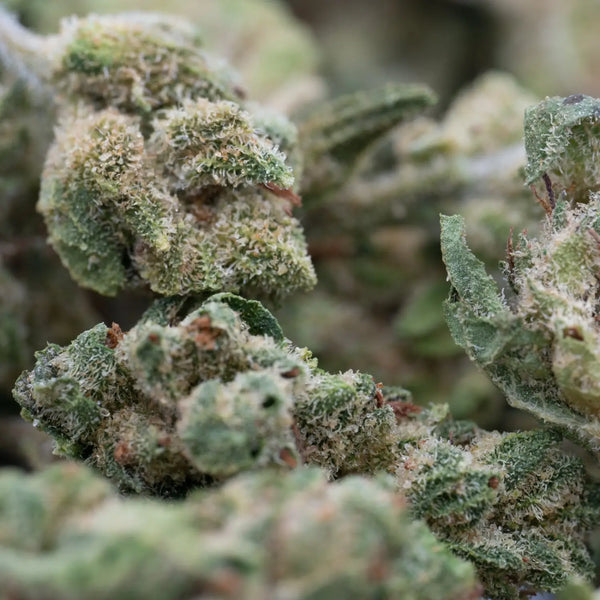
Common Timeline Deviations
Strain-Specific Variations: Indica strains often finish 1-2 weeks earlier than sativas, while hybrid varieties show intermediate timing. Understanding genetic background helps predict timeline variations and plan accordingly.
Environmental Factor Impacts: Temperature fluctuations, lighting inconsistencies, and humidity swings can extend growth periods or cause stress that delays development. Consistent environmental control minimizes timeline deviations.
Stress-Induced Delays: Plant stress from overfeeding, underwatering, pest damage, or environmental extremes can significantly extend growing timelines. Prevention through careful monitoring proves more effective than correction after problems develop.
Early Harvest Considerations: Market demands, space limitations, or plant health issues may require early harvest decisions. Understanding how timing affects potency helps make informed decisions about harvest timing adjustments.
Frequently Asked Questions
How long does it take to grow THCA flower from seed to harvest? Complete THCA cultivation typically requires 16-20 weeks from germination to harvest, with variations based on strain genetics, growing conditions, and cultivation techniques.
Can I speed up the THCA growing timeline? While basic biology limits how much timelines can be compressed, optimal environmental conditions, proper nutrition, and appropriate strain selection can minimize growth periods without compromising quality.
What's the most critical stage in THCA development? The flowering stage, particularly weeks 14-16, represents the most critical period for THCA development as cannabinoid synthesis peaks and final potency is determined.
How do I know when THCA flowers are ready for harvest? Trichome examination using a magnifying glass or microscope reveals maturation stages. Optimal harvest occurs when trichomes appear milky/cloudy with 10-20% showing amber coloration.
Do indoor and outdoor THCA plants follow the same timeline? While basic growth stages remain consistent, outdoor plants often experience extended vegetative periods and may finish later due to natural light cycles and environmental variations.
Conclusion
Mastering the THCA growing timeline requires dedication, attention to detail, and continuous learning from each cultivation cycle. This comprehensive cannabis growing schedule provides the framework for successful cultivation, but individual plants and growing conditions will always require adaptation and personalized care.
Timeline Adaptation Strategies: Successful cultivators remain flexible and responsive to individual plant needs while maintaining the overall structure provided by established growing schedules. Recognizing when to deviate from standard timelines often separates experienced growers from novices.
Record Keeping Importance: Detailed documentation of environmental conditions, feeding schedules, and plant responses creates valuable data for optimizing future growing cycles. Each harvest provides learning opportunities that improve subsequent cultivation efforts.
Continuous Improvement: The most successful THCA cultivators view each grow cycle as an opportunity for refinement and improvement. Analyzing what worked well and identifying areas for enhancement drives ongoing cultivation success.
Next Cycle Preparation: Planning future cultivation cycles during current harvests ensures continuous improvement and optimal resource utilization. Learning from successes and challenges creates increasingly effective growing operations.
By following this detailed THCA cultivation calendar and adapting it to your specific growing conditions and strain requirements, you'll be well-equipped to produce high-quality THCA flowers that meet both personal and commercial standards. Remember that successful cultivation combines scientific understanding with practical experience, and each growing cycle provides valuable learning opportunities for continuous improvement.

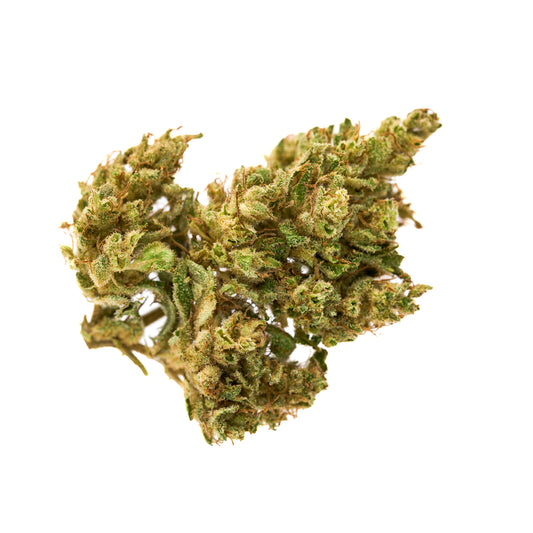
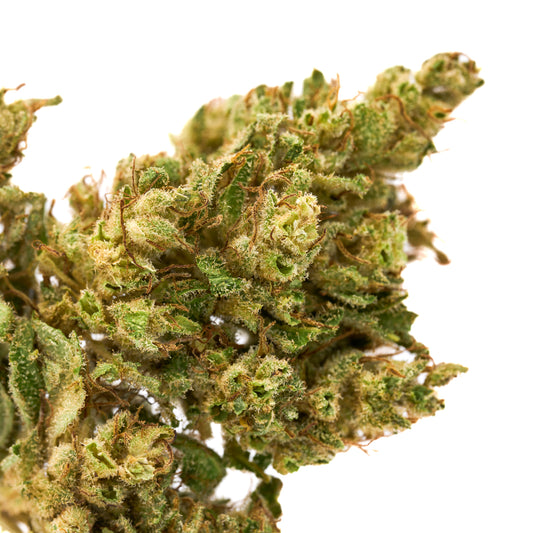

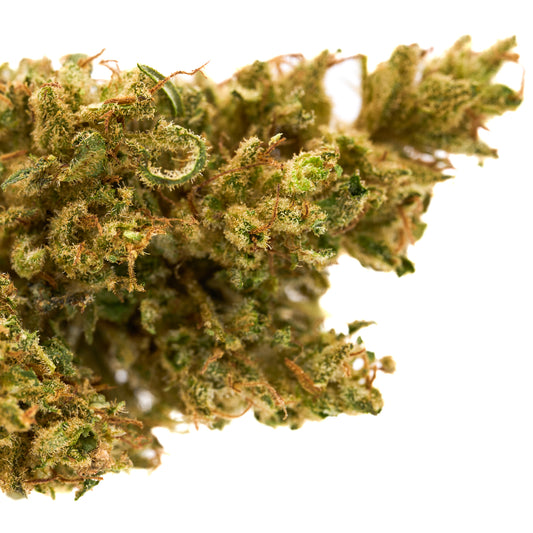
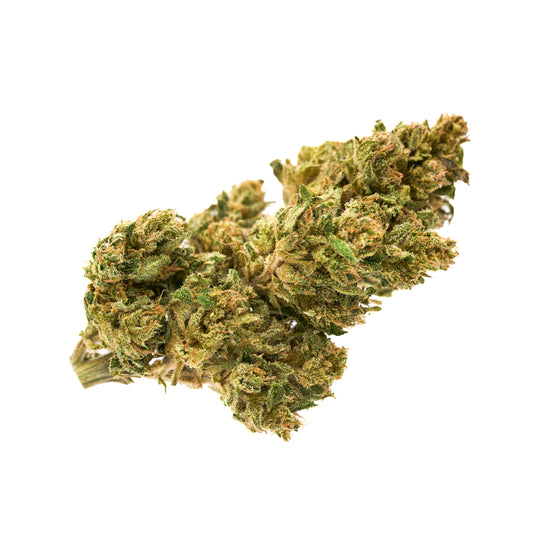
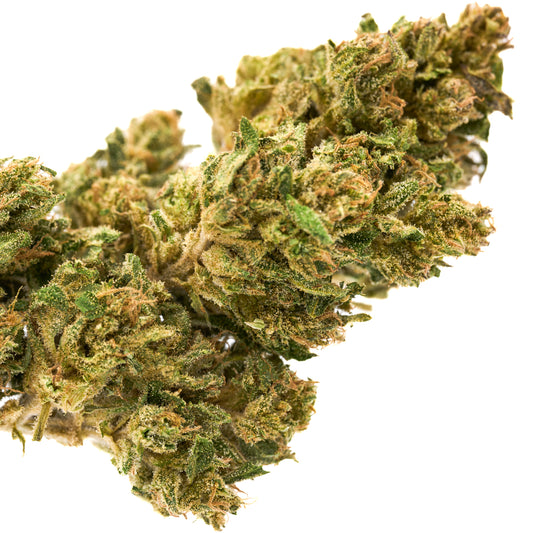



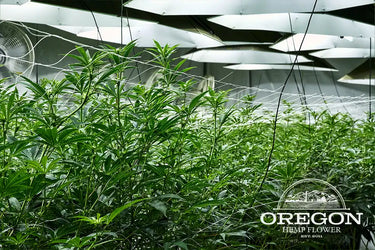

Leave a comment
Please note, comments need to be approved before they are published.